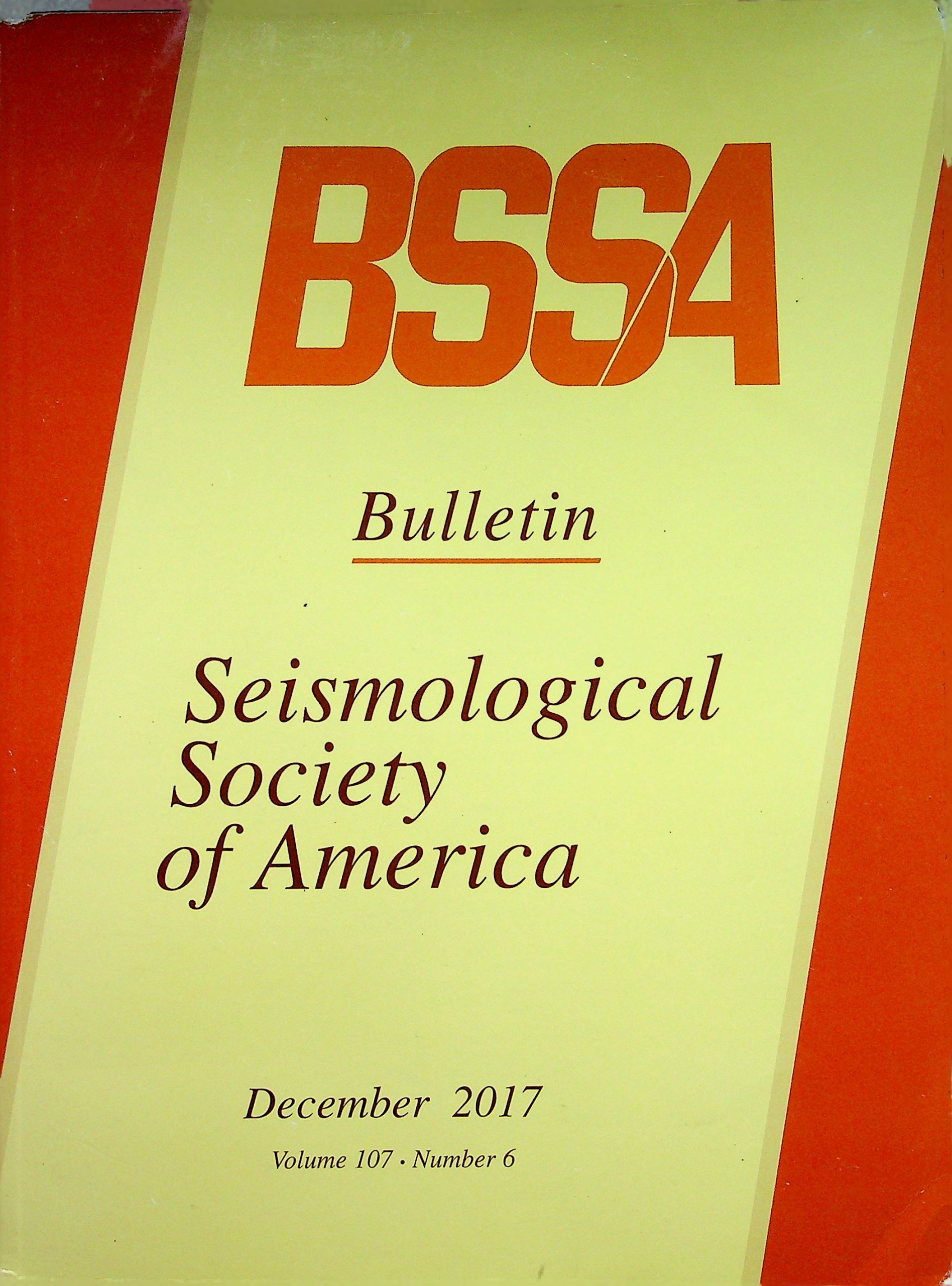Abstract To improve the empirical basis for estimating the likely length of future earthquake ruptures on mapped active faults, we measure map-scale complexities including fault bends, discontinuous rupture, overlaps, and fault-to-fault rupture from 67 historical ruptures and analyze the measurements for statistical relationships relevant to seismic hazard analysis. We observe that angles of bends at the ends of surface ruptures on strike-slip faults are systematically larger than interior bends (IBs), whereas corresponding interior and ending populations are similar for dip-slip events. The probability of a strike-slip rupture passing a bend decreases systematically with increasing bend angle roughly as PR = 3.1 — 0.083 x A, in which PR is the passing ratio and A is the bend angle, with values ranging between 5° and 30°. The regression shows the likelihood of a strike-slip rupture propagating through a bend of 25° is about 50%. The maximum IB angles through which ruptures propagate, and the net orientation differences of fault segments at the end of ruptures, may be explained to firstorder by changes in frictional resistance due to changes in fault strike in a locallyconstant orientation of regional stress. The average curvature of a fault rupture is defined by dividing the sum of absolute values of bends in the rupture by rupture length. Median and 95% curvatures of strike-slip ruptures are 0.5°/km and 1.5°/km, respectively; corresponding values for dip-slip ruptures are 1.6°/km and 5.6°/km, respectively. We find that most fault-to-fault rupture connections jump to a fault of likemechanism, such as strike slip to strike slip. Only two strike-slip ruptures out of a total of 42 jump to reverse structures and continue for a significant distance. Results here provide empirical data to support study of the dynamics of fault rupture and to improve rupture-length estimates for use in seismic hazard assessment.
5
SEISMOLOGICAL SOCIETY OF AMERICA
Glenn P. Biasi and Steven G. Wesnousky*
Penerbit :
Sarah Tyler
Tahun :
2017
Buku lain-lain
-
No Scan194
-
No Klasifikasi-
-
ISBN
-
ISSN
-
No Registrasi-
-
Lokasi Terbit
-
Jumlah Hal25
-
Label-
-
Versi DigitalTIDAK
-
Versi FisikTIDAK
-
Lokasi Rak Buku Fisik//
-
Jumlah Exemplar Fisik Tersedia-




